Sodium chromate
- CAS NO.:7775-11-3
- Empirical Formula: CrNa2O4
- Molecular Weight: 161.97324
- MDL number: MFCD00003484
- EINECS: 231-889-5
- SAFETY DATA SHEET (SDS)
- Update Date: 2025-01-27 09:38:02

What is Sodium chromate?
Chemical properties
Yellow crystals or crystalline powder
Chemical properties
Sodium chromate, including the hexahydrate, is yellow crystalline solids that can also be used in solution. Disodium dichromate (10588-01-9):
The Uses of Sodium chromate
Sodium chromate anhydrous is used as a corrosion inhibitor in the petroleum industry, wood preservative and dyeing auxiliary in the textile industry. It is also used to prepare pigments for paints and inks. It also finds use in pharmaceuticals to determine red blood cell volume. In synthetic chemistry, it is utilized as an oxidant to convert primary alcohols and secondary alcohols to carboxylic acids and ketones respectively.
The Uses of Sodium chromate
Diagnostic aid (blood volume determination); radioactive agent.
Definition
ChEBI: An inorganic sodium salt consisting of sodium and chromate ions in a 2:1 ratio.
brand name
Chromitope Sodium (Bristol-Myers Squibb); Rachromate (Abbott).
General Description
Sodium chromate is a yellow crystalline solid dissolved in a liquid medium, probably water. Sodium chromate is soluble in water. Sodium chromate is toxic by inhalation, ingestion and/or skin contact. Sodium chromate is noncombustible. Sodium chromate is used to make pigments for paints and inks, other chemicals, and as a wood preservative.
Air & Water Reactions
Water soluble.
Reactivity Profile
SODIUM CHROMATE is a strong oxidizer. Sodium chromate absorbs moisture from the atmosphere. Incompatible with strong acids . In contact with combustible materials may cause fire. Toxic chromium oxide fumes may form in fire [USCG, 1999].
Hazard
Toxic material.
Health Hazard
Highly toxic, may be fatal if inhaled, swallowed or absorbed through skin. Avoid any skin contact. Effects of contact or inhalation may be delayed. Fire may produce irritating, corrosive and/or toxic gases. Runoff from fire control or dilution water may be corrosive and/or toxic and cause pollution.
Fire Hazard
Non-combustible, substance itself does not burn but may decompose upon heating to produce corrosive and/or toxic fumes. Containers may explode when heated. Runoff may pollute waterways.
Potential Exposure
Used to make dyes, inks, pigments, and other chromates; in leather tanning, a corrosion inhibitor in circulating water systems; metal treatment; a drilling mud additive; chemical intermediate for chromium catalysts; colorimetry, oxidizing agent; bleaching agent; an algicide, fungicide, insecticide; in wood preservation.
Shipping
UN3087 Oxidizing solid, toxic, n.o.s., Hazard Class: 5.1; Labels: 5.1-Oxidizer, 6.1-Poisonous materials, Technical Name Required. UN3085 Oxidizing solid, corrosive, n.o.s., Hazard Class: 5.1; Labels: 5.1-Oxidizer, 8-Corrosive material, Technical Name Required.
Incompatibilities
Aqueous solution in a base. A strong oxidizer. Violent reaction with reducing agents; combustibles, strong acids; organic materials.
Properties of Sodium chromate
| Melting point: | 792°C |
| Density | 2,72 g/cm3 |
| solubility | slightly soluble in ethanol |
| form | Solid |
| color | Yellow |
| Water Solubility | 530 G/L (20 ºC) |
| Merck | 14,8601 |
| Exposure limits | ACGIH: TWA 0.0002 mg/m3; STEL 0.0005 mg/m3 (Skin) OSHA: Ceiling 0.1 mg/m3 NIOSH: IDLH 15 mg/m3; TWA 0.0002 mg/m3 |
| CAS DataBase Reference | 7775-11-3(CAS DataBase Reference) |
| EPA Substance Registry System | Sodium chromate(VI) (7775-11-3) |
Safety information for Sodium chromate
| Signal word | Danger |
| Pictogram(s) |
 Corrosion Corrosives GHS05  Skull and Crossbones Acute Toxicity GHS06  Health Hazard GHS08  Environment GHS09 |
| GHS Hazard Statements |
H301:Acute toxicity,oral H312:Acute toxicity,dermal H314:Skin corrosion/irritation H317:Sensitisation, Skin H330:Acute toxicity,inhalation H334:Sensitisation, respiratory H340:Germ cell mutagenicity H350:Carcinogenicity H372:Specific target organ toxicity, repeated exposure H410:Hazardous to the aquatic environment, long-term hazard |
| Precautionary Statement Codes |
P260:Do not breathe dust/fume/gas/mist/vapours/spray. P280:Wear protective gloves/protective clothing/eye protection/face protection. P303+P361+P353:IF ON SKIN (or hair): Remove/Take off Immediately all contaminated clothing. Rinse SKIN with water/shower. P305+P351+P338:IF IN EYES: Rinse cautiously with water for several minutes. Remove contact lenses, if present and easy to do. Continuerinsing. |
Computed Descriptors for Sodium chromate
Sodium chromate manufacturer
New Products
4,4-Difluoropiperidine hydrochloride tert-butyl 9-methoxy-3-azaspiro[5.5]undecane-3-carboxylate Indole Methyl Resin N-Isopropylurea N,N-Dicyclohexylcarbodiimide(DCC) MELDRUMS ACID 5-METHYLISOXAZOLE-4-CARBOXYLIC ACID Magnessium Bis glycinate Zinc ascorbate 1-bromo-2-butyne 2-acetamidophenol 9(10H)-anthracenone Erythrosin B, 4-Piperidinopiperidine 2-((4-morpholinophenylamino) (methylthio) methylene) malononitrile 2,4-dihydroxybenzaldehyde 3-(4-morpholinophenylamino)-5-amino-1H-pyrazole-4-carbonitrile Methyl 2-methylquinoline-6-carboxylate 2,6-dichloro-4-nitropyridine 4-Bromo-2-chlorobenzonitrile 2-(benzylamino)acetic acid hydrochloride 4-(tert-Butoxycarbonylamino)but- 2-ynoic acid 3,4-dihydro-2H-benzo[b][1,4]dioxepine 1-Phenyl-1-cycloprppanecarboxylicacidRelated products of tetrahydrofuran

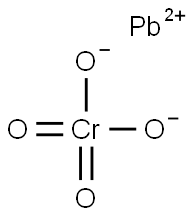

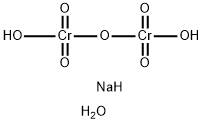
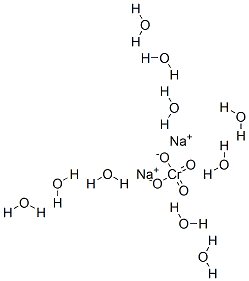

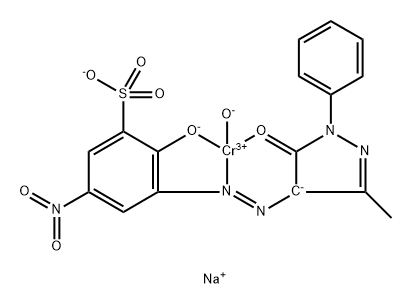
![Chromate(2-), [4-[4-[(5-chloro-2-hydroxyphenyl)azo]-4,5-dihydro-3-methyl-5-oxo-1H-pyrazol-1-yl]benzenesulfonato(3-)][4-[(5-chloro-2-hydroxyphenyl)azo]-2,4-dihydro-5-methyl-2-phenyl-3H-pyrazol-3-onato(2-)]-, sodium](https://img.chemicalbook.in/)
You may like
-
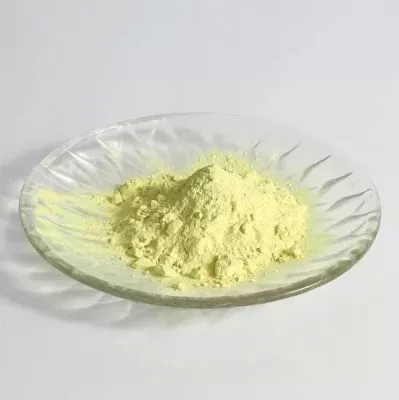 7775-11-3 Sodium chromate 98%View Details
7775-11-3 Sodium chromate 98%View Details
7775-11-3 -
 7775-11-3 Sodium chromate 99%View Details
7775-11-3 Sodium chromate 99%View Details
7775-11-3 -
 Sodium Chromate pure CAS 7775-11-3View Details
Sodium Chromate pure CAS 7775-11-3View Details
7775-11-3 -
 Sodium Chromate pure CAS 7775-11-3View Details
Sodium Chromate pure CAS 7775-11-3View Details
7775-11-3 -
 Sodium chromate CAS 7775-11-3View Details
Sodium chromate CAS 7775-11-3View Details
7775-11-3 -
 20677-73-0 (2,2-diethoxyethyl)methylamine 98%View Details
20677-73-0 (2,2-diethoxyethyl)methylamine 98%View Details
20677-73-0 -
 3-(4-(hydroxyamino)-1-oxoisoindolin-2-yl)piperidine-2,6-dione 98%View Details
3-(4-(hydroxyamino)-1-oxoisoindolin-2-yl)piperidine-2,6-dione 98%View Details -
 57381-49-4 2-bromo-4-chlorobenzonitrile 98%View Details
57381-49-4 2-bromo-4-chlorobenzonitrile 98%View Details
57381-49-4
